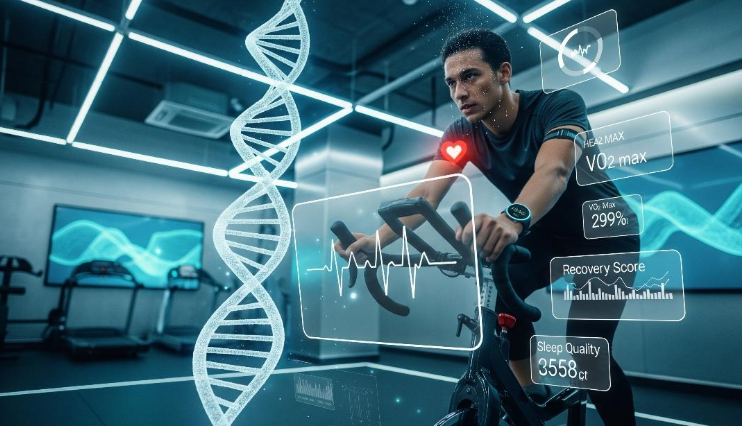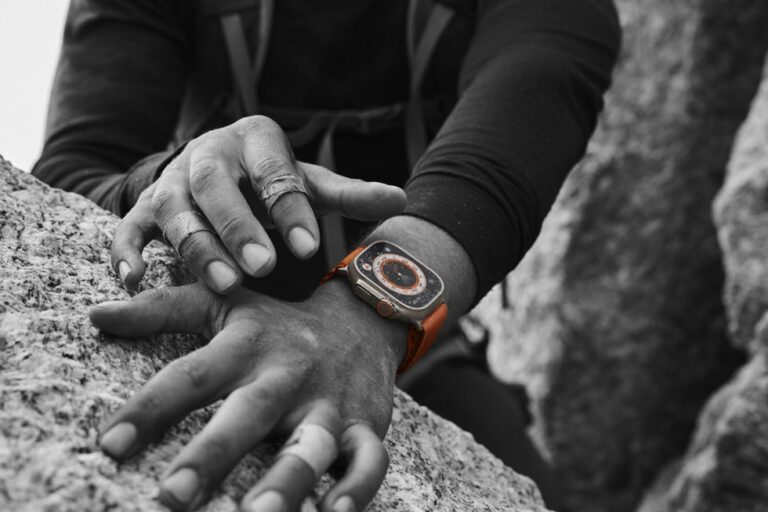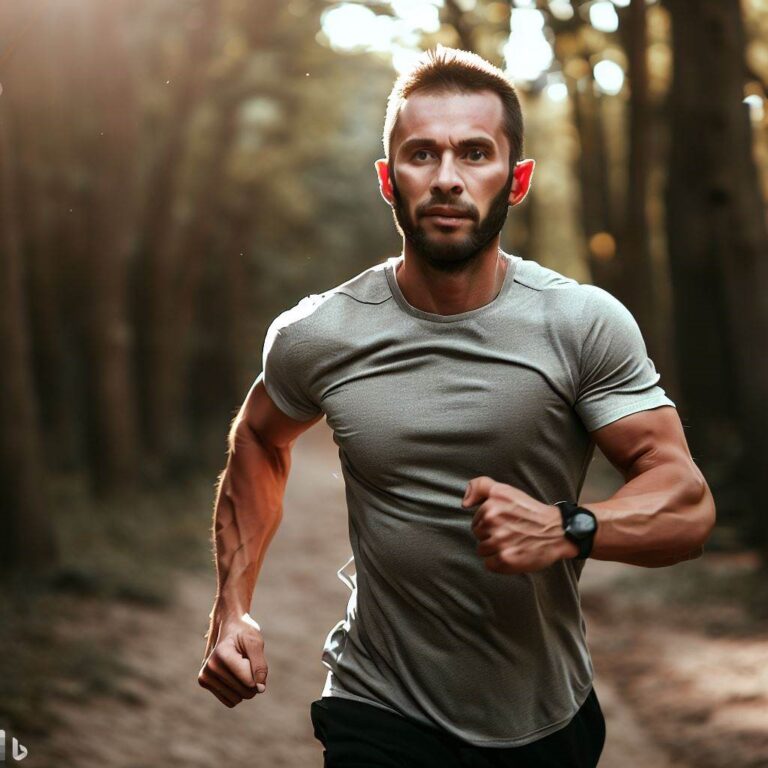From Genome to Gym: Using DNA Data to Personalise Fitness and Recovery Plans
For decades, fitness advice has been broad and generic: lift heavy, eat clean, sleep more, repeat. But in the era of personalisation, that one-size-fits-all mindset is being rewritten by data—most notably, your DNA. With affordable genetic testing and the rise of AI-powered platforms like 37CELLS, the future of fitness lies in hyper-personalised plans that take your unique genetic blueprint into account.
In other words, your DNA might not just explain why you struggle to gain muscle or recover after workouts—it could also be the key to unlocking your optimal training, recovery, and lifestyle strategy.
The Basics: What DNA Can Tell You About Your Body
DNA, short for deoxyribonucleic acid, is the biological code that makes you… you. While 99.9% of human DNA is shared, the remaining 0.1% holds the secrets to how you metabolise nutrients, respond to exercise, handle inflammation, and recover from physical stress.
Thanks to advances in genetic testing, we can now identify specific gene variants—called SNPs (single nucleotide polymorphisms)—that influence:
- Muscle fibre composition (e.g., ACTN3, which determines your fast-twitch vs slow-twitch ratio)
- Aerobic potential and VO₂ max
- Injury risk and collagen resilience
- Caffeine sensitivity and sleep quality
- Inflammation response and oxidative stress
- Recovery speed and cortisol levels
By layering this genetic insight with real-time wearable data—like what 37CELLS already tracks via Fitbit, Apple Health, and Garmin—we can begin to build training and recovery plans tailored to your unique biology.
DNA + Wearable Data: The New Gold Standard in Personalised Fitness
At 37CELLS, our vision has always been clear: help people understand their bodies better through data. While wearables provide live signals about your performance and recovery (heart rate, HRV, sleep, stress, etc.), DNA acts as the “instruction manual” explaining why your body behaves the way it does.
For example:
- A user with a genetic predisposition to slower recovery (e.g., IL6 or CRP variants) might benefit from lower training volume and prioritising active recovery days.
- Someone with low injury resilience genes could get nudges from FitBot to extend warmups, reduce eccentric loading, or incorporate more mobility training.
- A user with enhanced aerobic gene markers might be prompted to focus on endurance activities and time-zone-based fuelling strategies.
The power lies in the combination: DNA provides your potential, while wearable data shows your current state. Together, they create a feedback loop where insights become actionable—and tailored.
Real-World Example: Meet Sarah and James
To illustrate how this works, let’s introduce two users of the 37CELLS platform:
Sarah: The Weekend Warrior with a Sprinter’s Genes
Sarah is a 42-year-old marketing exec who works out 3–4 times a week. Her DNA analysis reveals:
- High expression of ACTN3 R577X gene: favourable for power/sprint training
- A variant in IL6: slower inflammation recovery
- High caffeine metabolism
FitBot uses this DNA data to adjust her fitness suggestions:
- Emphasises short, high-intensity sessions with longer rest periods
- Encourages cold water exposure and magnesium post-workout
- Delivers caffeine timing tips to enhance pre-workout energy and avoid sleep disruption
James: The Steady-State Machine
James, 35, is training for his first triathlon. His DNA shows:
- High VO₂ max gene expression (PPARGC1A)
- Increased oxidative stress post-training
- Moderate injury risk in connective tissues
FitBot interprets this and recommends:
- Long, steady-state endurance training as the primary focus
- Prioritised antioxidant-rich nutrition and rest days
- Reminders for prehab exercises to prevent joint strain
The result? Both users get training programs aligned not with trends, but with their biological strengths and weaknesses.
Fitness Isn’t Just About Performance—It’s Also About Recovery
One of the biggest breakthroughs in DNA-driven fitness is the ability to personalise recovery. While most training apps focus on the workout itself, 37CELLS—backed by wearable data—takes a 360° approach to post-exercise needs.
Recovery is influenced by:
- Sleep quality (and genes like CLOCK or PER3 that regulate circadian rhythm)
- Inflammatory responses
- Nutrient processing (e.g., Vitamin D, Omega-3 metabolism)
- Stress resilience and cortisol regulation
With DNA data in play, FitBot can go beyond saying, “You’re tired—rest,” and instead deliver hyper-personalised recovery protocols like:
- “Your CLOCK gene expression suggests delayed circadian alignment—aim to finish workouts before 6PM.”
- “You may be a slow methylator—boost B-vitamin intake post HIIT.”
- “Genetic markers show above-average oxidative stress—prioritise berries, greens, and omega-3s in your post-workout meal.”
This kind of feedback is transformative. It not only empowers users to train smarter but reduces risk of burnout, injury, and overtraining.
What About Privacy?
It’s impossible to talk about genetic data without addressing privacy and ethical use. At 37CELLS, we take data security seriously. DNA insights are never sold to third parties, and all recommendations are opt-in, anonymised, and designed to support—not manipulate—behaviour.
We believe in data as a tool, not a trap.
Consumers should have full control over:
- Whether their DNA is uploaded or stored
- What data is used to trigger retail or recovery suggestions
- When and how they receive notifications
Transparency builds trust, and trust is the foundation of any meaningful wellness journey.
The Future of Fitness is Already Here
As AI, wearables, and genomics continue to converge, we’re entering a new era of biological personalisation. Your DNA is no longer locked away in a lab report—it can (and should) be part of your everyday decisions around training, recovery, nutrition, and wellbeing.
At 37CELLS, we’re building that future now.
From genome to gym, your body is telling you a story. We’re here to help you read it—then live it, better.




